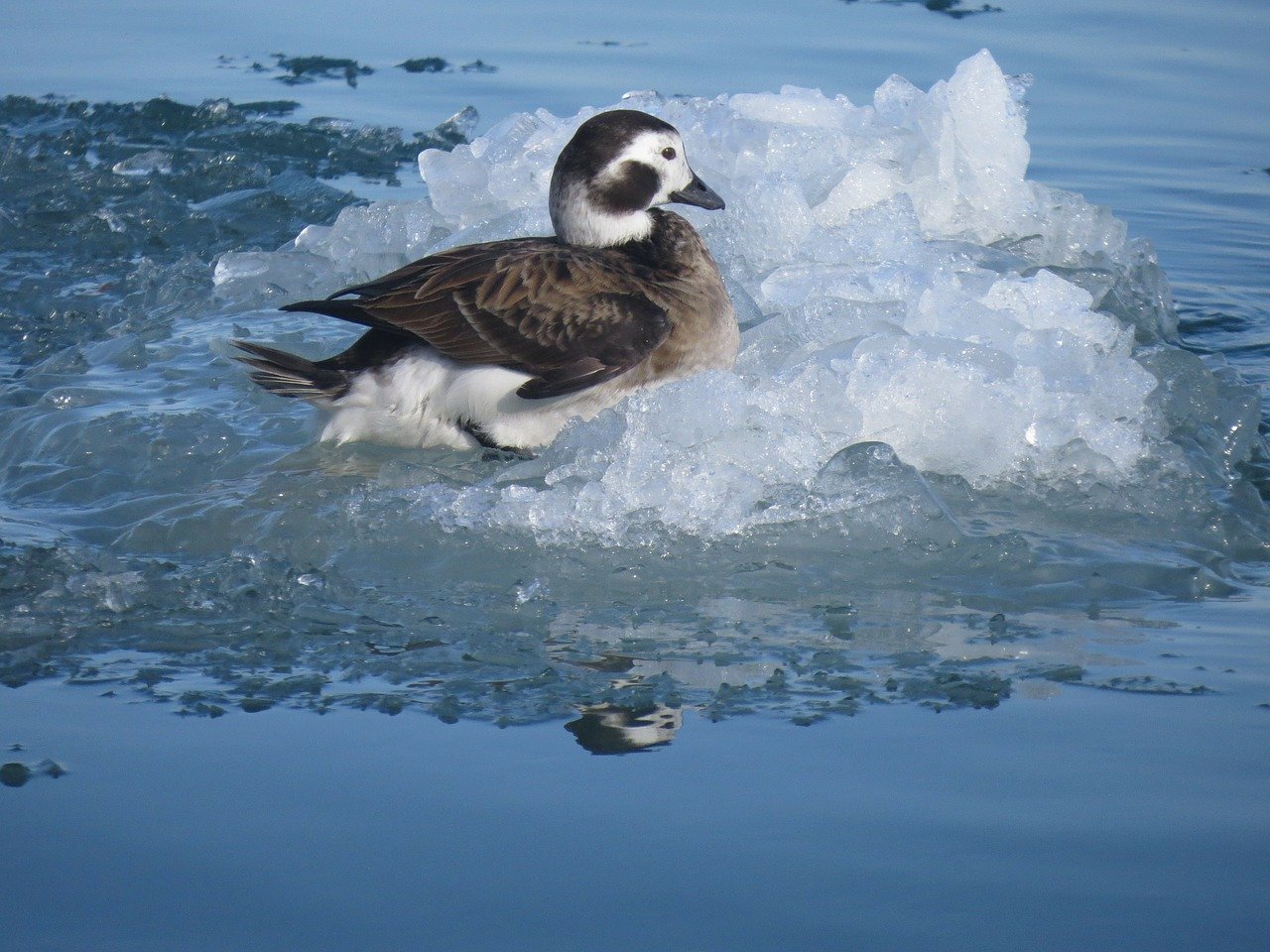Populationstruktur hos häckande och övervintrande alfåglar Clangula hyemalis i Västpalearktis
DOI:
https://doi.org/10.34080/os.v15.22732Nyckelord:
gelelektrofores, vinterekologi, genetikAbstract
We used gel electrophoresis of common proteins and alloenzymes to study genetic variability among Long-tailed Ducks breeding in the northeast European tundra and wintering in the Baltic Sea. The observed genetic variability in the studied breeding population was lower than in birds sampled on winter ground in the Baltic. We found a similar genetic structure among the breeding birds and certain samples from wintering grounds in the Baltic Sea. The wintering birds showed evidence of genetic structure between years, possibly resulting from winter movements of different subpopulations of Long-tailed Ducks in the Baltic Sea. These findings are consistent with results of field surveys of Long-tailed Ducks wintering in the Baltic Sea.
Nedladdningar

Downloads
Publicerad
Referera så här
Nummer
Sektion
Licens
Författaren/författarna innehar copyright för varje enskilt bidrag, men samtliga bidrag är publicerade under en Creative Commons-licens, så att vem som helst kan dela och återanvända bidraget förutsatt att copyright-innehavaren erkänns.







